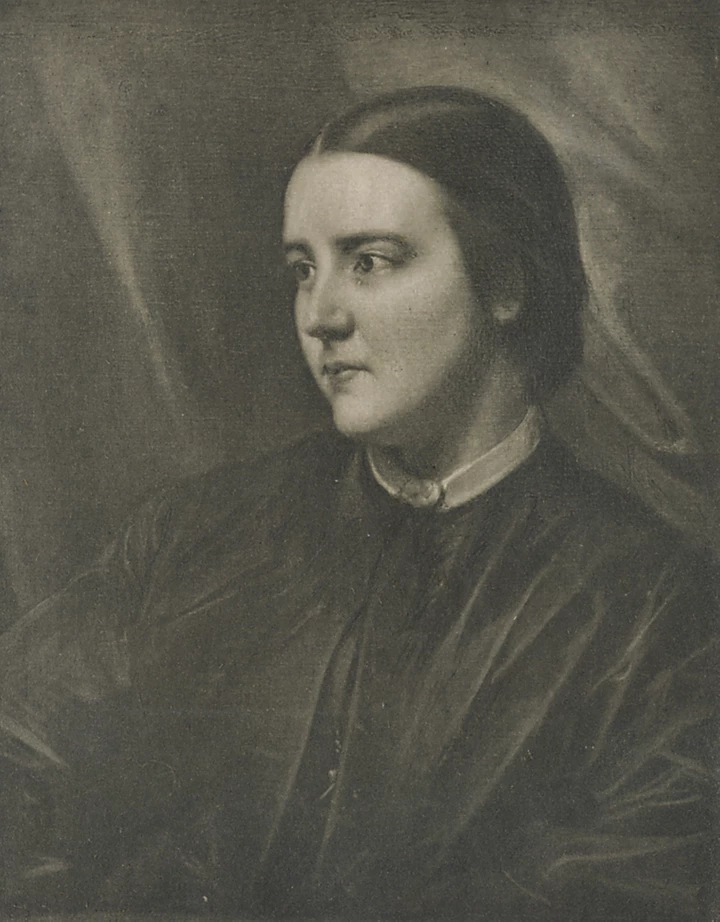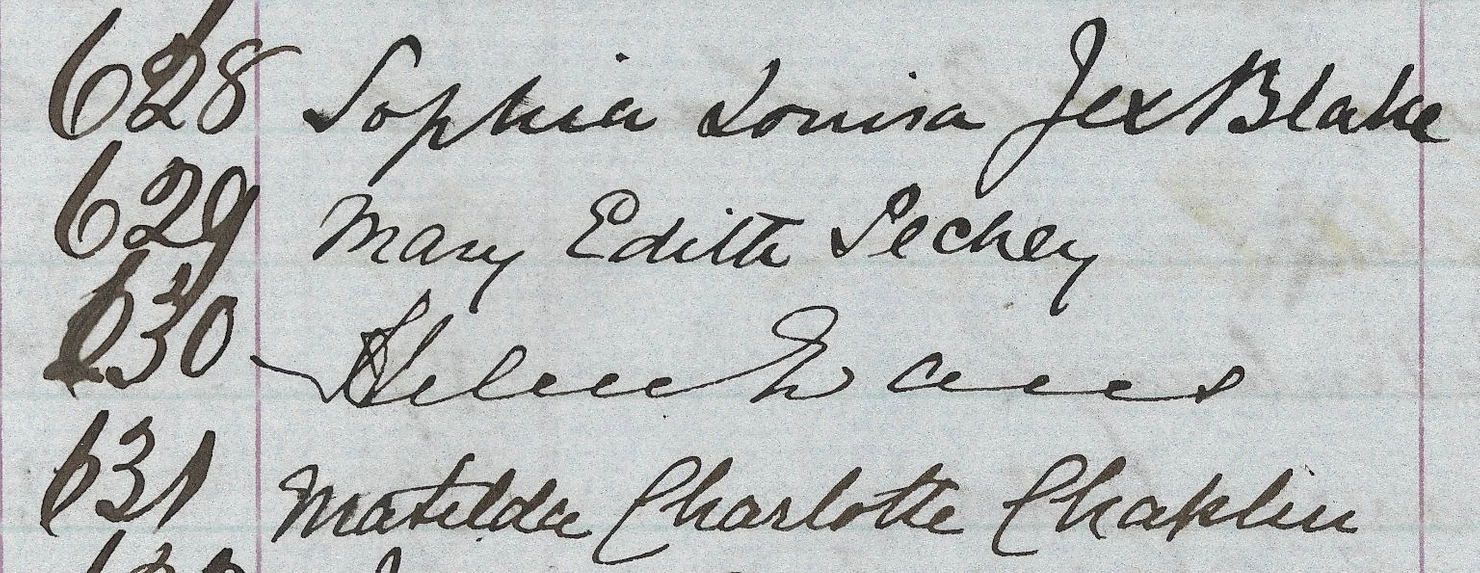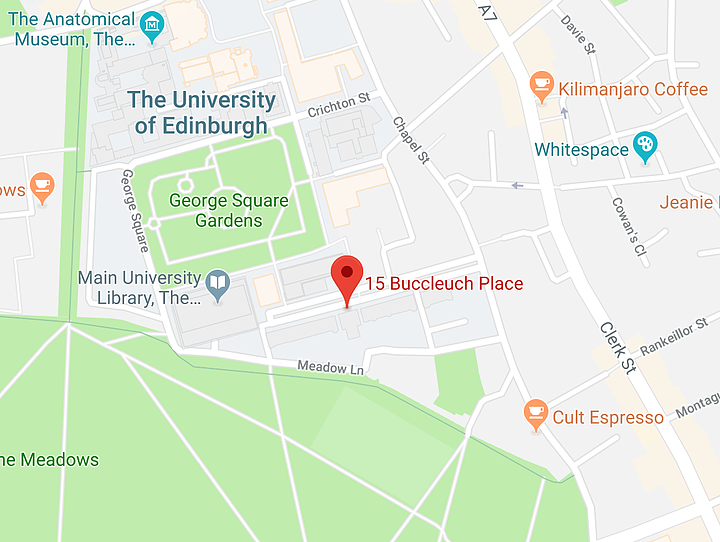Who were the Edinburgh 7?
The pioneers of women’s higher education in the UK.
The Edinburgh Seven were the first undergraduate female medical students at any British university. Even though Miss Garrett unsuccessfully applied to study medicine in Edinburgh in 1862, it was only seven years later, in 1869, that Sophia Jex-Blake, the leader of the Edinburgh Seven, gained public attention for the rights of women to study at British universities.
1869- the year the Seven matriculated.

Sophia Jex-Blake, aged 25. Margaret Todd [Public domain], via Wikimedia Commons

Matriculation signatures of Jex-Blake, Pechey, Evans and Chaplin. Centre for Research Collections University of Edinburgh [CC BY 2.0 (https://creativecommons.org/licenses/by/2.0)], via Wikimedia Commons

Map showing where 15 Buccleuch Place is, now home to the University of Edinburgh student experience officer.
The matriculation examination in 1869 was divided in two parts. The first one was composed of English, Latin and Mathematics questions, whereas candidates had to choose two subjects for the second part, including Greek, French, German, higher mathematics, natural philosophy, logic and moral philosophy. The Edinburgh Seven group did significantly well by placing four women in the top seven places. Following those successful exams, the Edinburgh Seven students signed the matriculation roll and began their long and tumultuous journey to becoming doctors.
Author- Loic Hayois
References:
– The Scotsman archives
– The National Library of Scotland archives
– The University of Edinburgh Equality and Diversity page: The Edinburgh Seven https://www.ed.ac.uk/equality-diversity/celebrating-diversity/inspiring-women/women-in-history/edinburgh-seven
– Wikipedia page: Edinburgh Seven https://en.wikipedia.org/wiki/Edinburgh_Seven
– Wikimedia Commons
– Google Maps




Recent comments